Biscayne National Park, located adjacent to the city of Miami in Florida, is truly unique. Comprising up to 95% of water and coral reefs, the rest of the territory consists of forty islands, some of which are accessible to visitors, along with mangroves. Established to protect Biscayne Bay, it is the largest marine park in the USA. Diving enthusiasts will particularly relish this location.
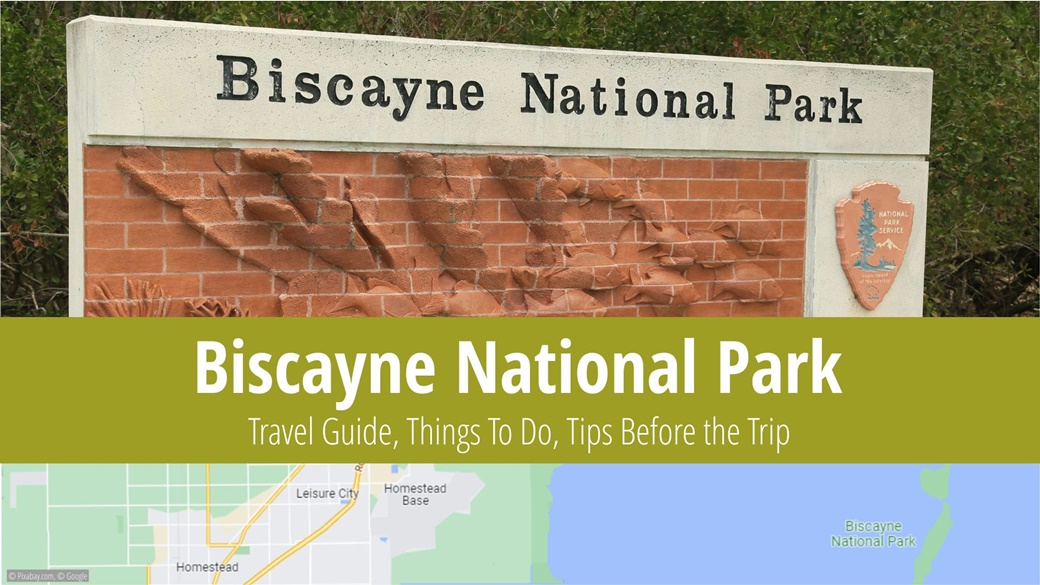
Table of Contents
- Information About Biscayne National Park
- What to See and Do in Biscayne National Park
- When to Visit Biscayne National Park
- Biscayne National Park Entrance Fees
- How to Get to Biscayne National Park
- Lodging in Biscayne National Park
- Tips and Recommendations Before Traveling to Biscayne National Park
- Photos of Biscayne National Park
Information About Biscayne National Park
Biscayne National Park is situated in South Florida on Biscayne Bay, in close proximity to the cities of Homestead and Miami. Out of the total area of 270 sqmi, only about 6 sqmi are purely land. The area was declared a national park on June 28, 1980; interestingly, during the Cold War, Biscayne served as a training area for Cuban exiles preparing for missions against Fidel Castro’s regime.
In 2021, 705,655 people visited Biscayne Park. The park has another distinctive feature – its highest point on Totten Key Island is the lowest of all national parks in the USA, at just 9 ft above sea level.
The Biscayne Bay area is rich in natural wonders. The coastline is dominated by red and black mangroves that grow out of the shallow waters. A third species of mangrove, the white mangrove, sprouts further offshore. Over half of the park’s underwater area is covered by critically endangered corals. At depths of up to 33 ft, these are palmate fan corals, and at depths greater than 33 ft, they are antlered branch corals.
When discussing “Biscayne National Park and animals,” sea turtles, the right whale, and the giant hawksbill often come to mind. The park is home to hundreds of fish species, two hundred bird species, and 27 species of mammals, both terrestrial and aquatic. Sharp-eyed visitors can spot the American crocodile, flamingos, broad-nosed manatee, bald eagle, whale, green iguana, raccoon, and rattlesnake in the park. Additionally, Biscayne houses a locale known as Millionaire’s Row, a neighborhood renowned for its high percentage of dollar millionaires.
What to See and Do in Biscayne National Park
Biscayne National Park is divided into four main areas: Convoy Point, Boca Chita Key, Elliott Key, and Adams Key.
Convoy Point
This site, which includes an information center, is 9 mi east of Homestead. It is easily accessible by car, with no boat necessary. Those interested can explore a museum depicting the park’s four distinct ecosystems and view films about the local wildlife.
Boca Chita Key
The most visited of the park’s islands, its landmark is a 66 ft-high lighthouse from the 1930s. The lighthouse is typically open to the public, and the view from it is spectacular. To reach the island Boca Chita Key, you need to take a chartered boat.
Elliott Key
The largest island in the park by area, it was once a pineapple plantation. Now, Elliott Key is a campground and a center for science education. It also features an approximately 1 mi-long trail suitable for hiking.
Adams Key
An island where you can relax during the day. Until Hurricane Andrew in 1992, it was home to the private Cocolobo Cay Club, which had hosted Presidents Hoover, Nixon, and Lyndon Johnson.
The abundant underwater life here encourages snorkeling or scuba diving. For more information on these enticing adventures, visit Eco-Adventures. The company also offers guided canoe trips around the park.
Glass-bottomed boat trips are also popular, allowing you to observe colorful fish and corals without getting wet.
You can also opt for one of the excursions:
When to Visit Biscayne National Park
The waters of Biscayne Bay are accessible any time of the year; the Adams Key area is accessible only by boat and is open during the day only.
Biscayne National Park is located in sunny Florida, so virtually any time of year is a good time to visit. Summers in Biscayne are usually hot and muggy with frequent afternoon thunderstorms and an average temperature of 82 °F. The average rainfall in July is 10 cm. From June to November, hurricanes threaten the park, and it is advisable to thoroughly check the weather forecast before traveling.
Winter weather is dry and quite pleasant, with an average temperature of around 68 °F and only 6 cm of precipitation in January.
Average Temperatures and Visitor Numbers in Biscayne National Park
The average temperatures in Biscayne National Park are listed below. Visitor numbers are based on a 2017-2021 average, with data sourced from the National Park Service.
| Max Temp | Min Temp | Precipitation Days | Visitors | Popularity | |
|---|---|---|---|---|---|
| January | 75 °F | 61 °F | 4.7 | 40 979 | 🟨🟨 |
| February | 77 °F | 63 °F | 4.3 | 42 761 | 🟨🟨 |
| March | 79 °F | 64 °F | 5.9 | 55 218 | 🟨🟨 |
| April | 82 °F | 68 °F | 6.5 | 54 697 | 🟨🟨 |
| May | 84 °F | 73 °F | 10.8 | 59 609 | 🟧🟧🟧 |
| June | 88 °F | 75 °F | 17.5 | 52 707 | 🟨🟨 |
| July | 90 °F | 77 °F | 17.6 | 60 417 | 🟧🟧🟧 |
| August | 90 °F | 77 °F | 18.8 | 45 466 | 🟨🟨 |
| September | 88 °F | 77 °F | 17.5 | 38 240 | 🟨🟨 |
| October | 84 °F | 73 °F | 10.9 | 30 624 | 🟨🟨 |
| November | 81 °F | 68 °F | 5.4 | 42 320 | 🟨🟨 |
| December | 77 °F | 64 °F | 4.7 | 45 981 | 🟨🟨 |
Biscayne National Park Entrance Fees
Entrance to Biscayne National Park in Florida is free.
The only charges are for overnight stays at one of the campgrounds and for docking your boat at the Elliott Key and Boca Chita Key marinas. A fee of $35 per night is charged for all boats docking in the harbor after 5 p.m. Reservations for the marina cannot be made; it operates on a first-come, first-served basis. The fee includes space for six people and two tents at one of the camping sites.
How to Get to Biscayne National Park
Biscayne National Park can only be accessed by boat; you can enter from the north near Miami or from the south near the town of Homestead. Here are some route suggestions from nearby towns, but bear in mind that you might need more time during morning and afternoon rush hours:
| Location | Distance | Drive Time | Route |
|---|---|---|---|
| Miami | 40 mi | 1 hour | View Route |
| Orlando | 269 mi | 4 hours 30 minutes | View Route |
From downtown Homestead, trams operated by the local transit company run all the way to the Dante Fascell Visitor Center. They operate from the end of November until April. Departures from the Losner Park location occur approximately four times a day.
To move between the islands, you must use a canoe or kayak (which can be rented) or a boat (which can be hired). Canoes can be rented from Eco Adventures, for instance.
Lodging in Biscayne National Park
🏨 Hotels
Accommodations can easily be found in the town of Homestead and nearby Miami, which offer hundreds of hotels or motels at all price points.
⛺ Campsites
There are two campgrounds situated on two islands in Biscayne National Park. However, please note that they can only be accessed by boat:
- Camp Boca Chita Key
Biscayne National Park’s most popular island with a grassy campsite situated right on the water. - Camp Elliot Key
As an alternative, consider the park’s largest island, which features a campground that extends to the shoreline and into the forest. Picnic tables, grills, and cold-water showers are available.
An overnight camping fee applies. If your boat is moored at the dock, the overnight fee is already included. If you camp in a different manner, you will pay $25 per tent site per night. However, these fees are not charged from May 1 to September 1.
Tips and Recommendations Before Traveling to Biscayne National Park
ℹ️ Visitor Center
As with any national park, I recommend beginning your tour of Biscayne at the visitor center. The Dante Fascell Visitor Center is located at a place called Convoy Point near the town of Homestead, and you don’t need a boat to visit. It’s open daily from 9 a.m. to 5 p.m.
👍 Good to Know
Throughout the year, pesky mosquitoes can disrupt visitors’ enjoyment of Biscayne National Park. I recommend packing repellent purchased in the USA – different regions have different insects. Remember to bring food as well, as the park only sells pre-made sandwiches, chips, and sodas in the gift shop. It’s better to shop in Homestead or Miami and bring your own food and drinks in a backpack.
Photos of Biscayne National Park
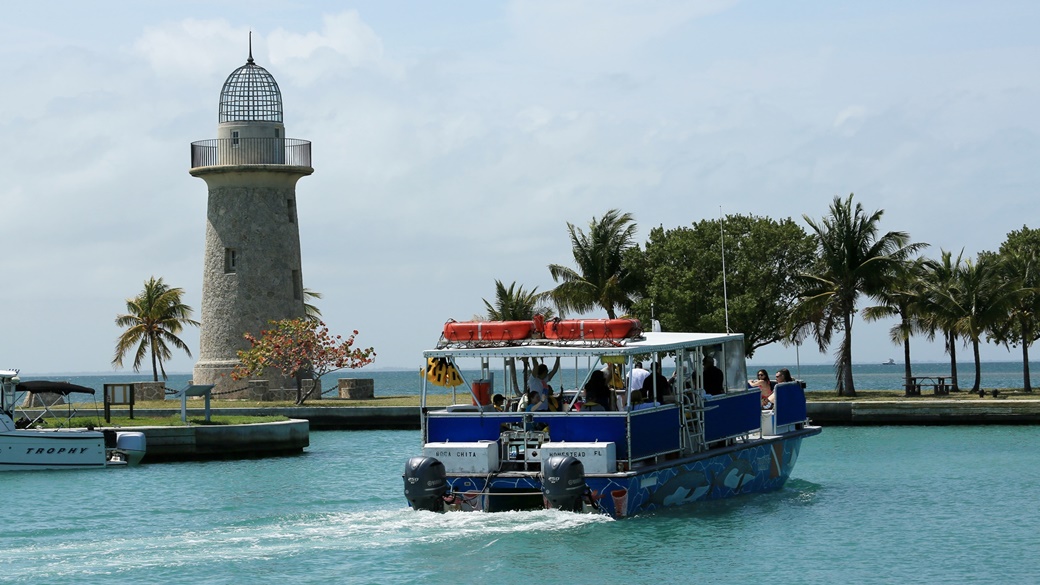
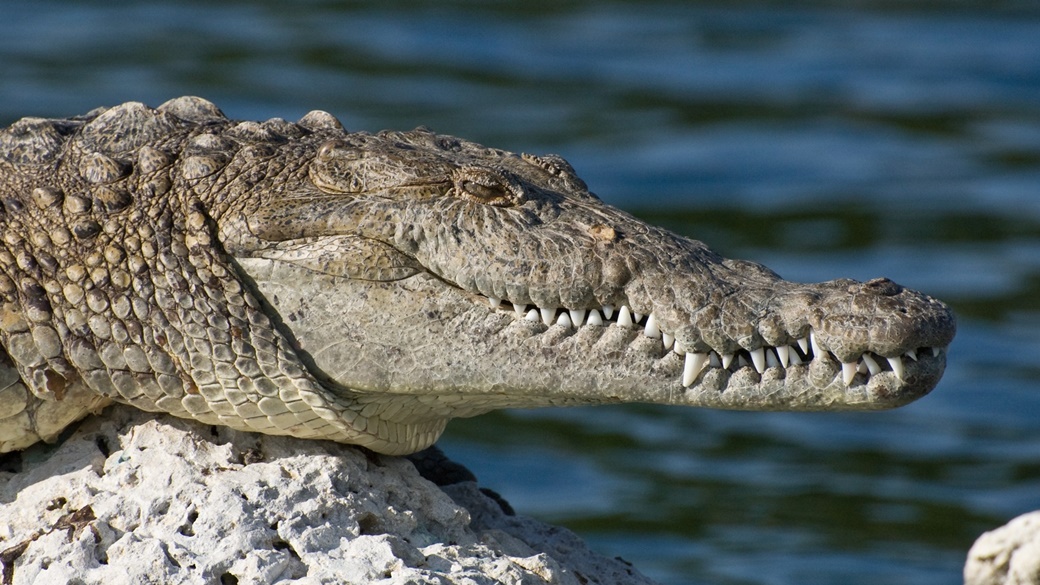
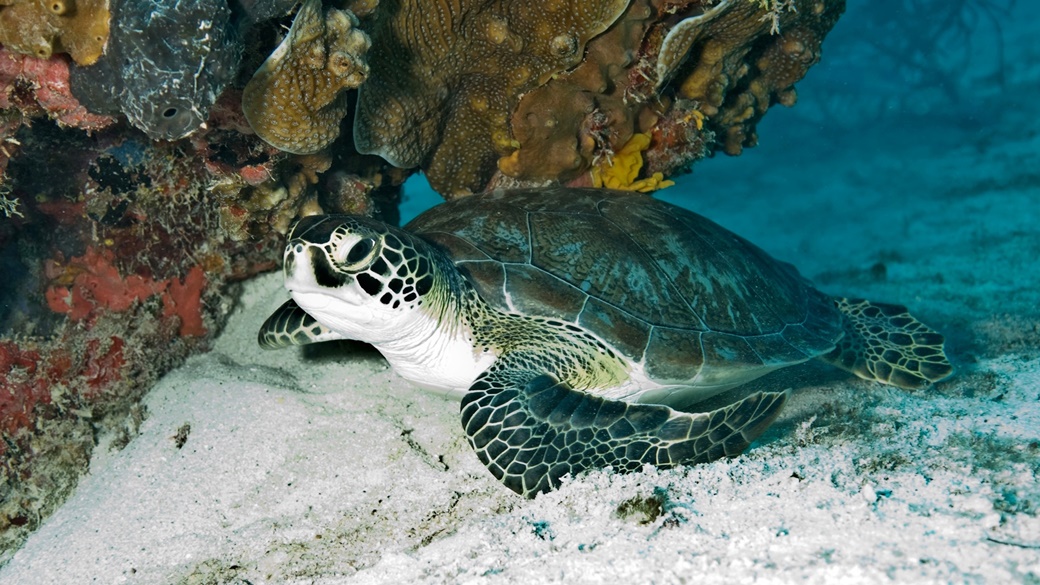
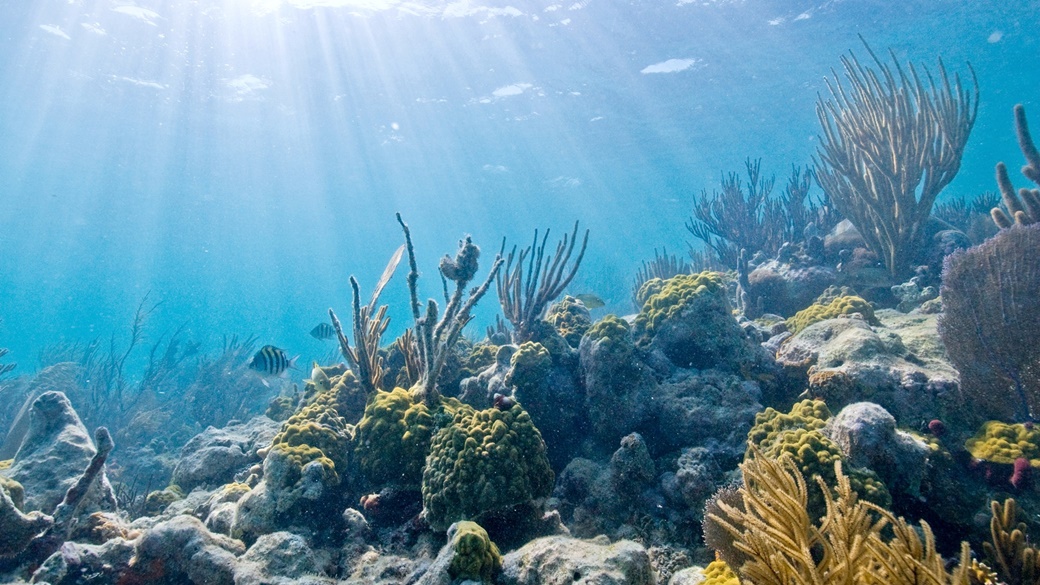

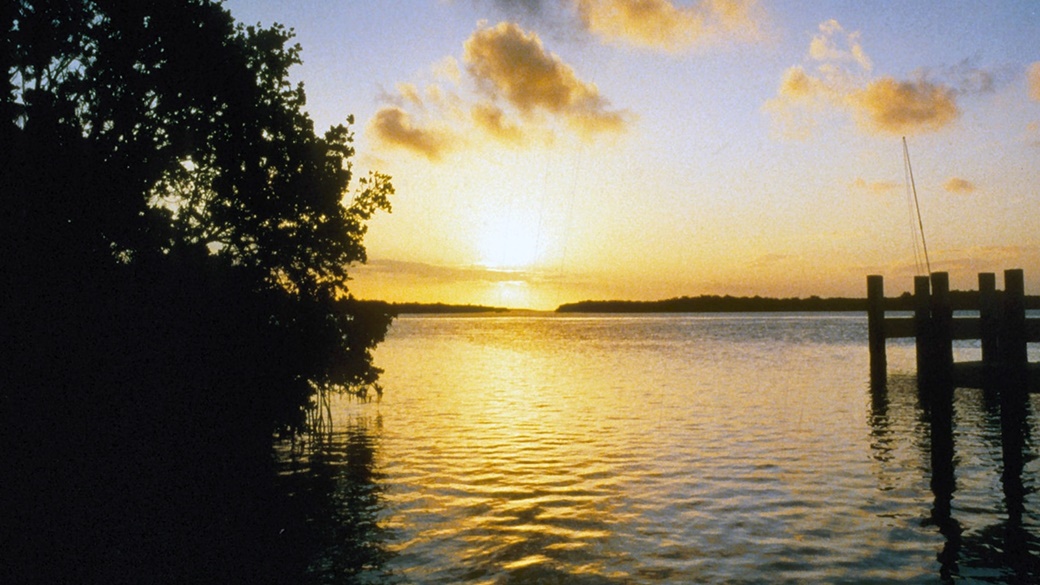
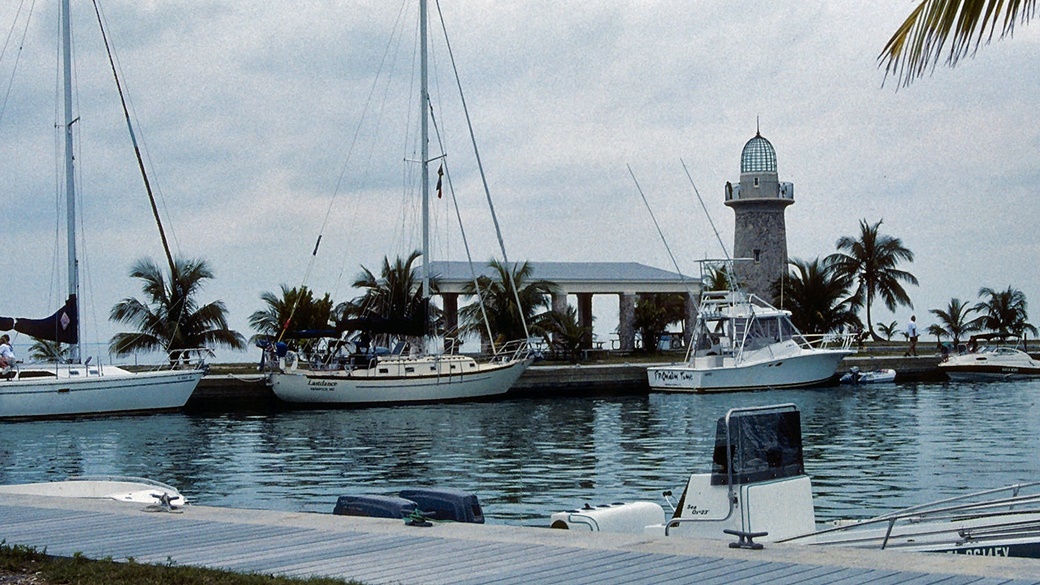
US National Parks
- National Parks of the USA – Map, List and Annual Pass
- America the Beautiful Pass 2025 – How It Works, Cost & Parks
- Timed-Entry Reservation for US National Parks (2025 GUIDE)
Travel Guides to USA National Parks

 10 Best Photo Places in the USA
10 Best Photo Places in the USA
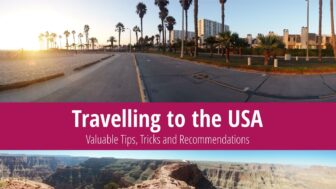
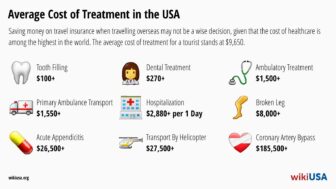


Contribute with Your Question or Personal Experience